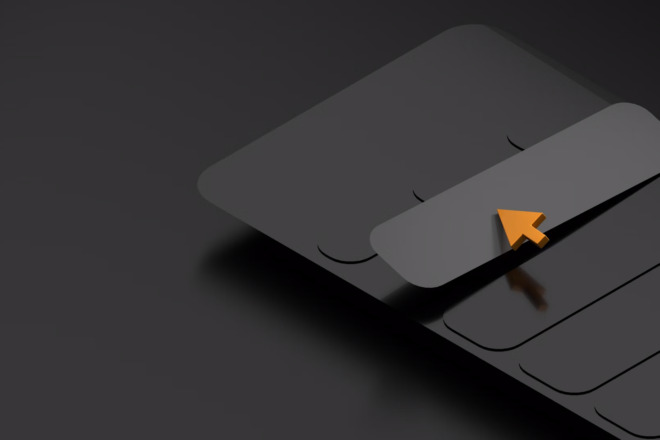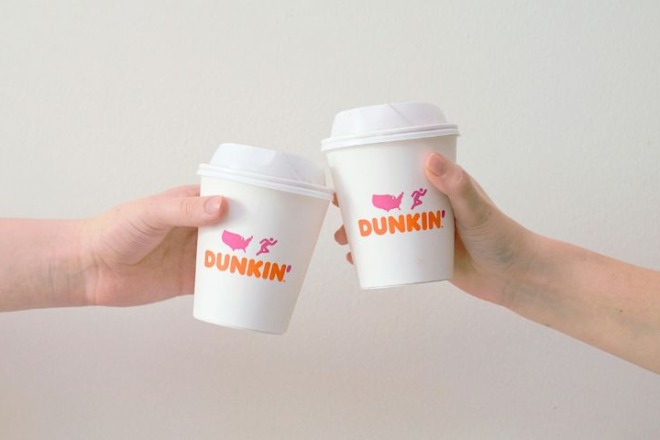In an age of digital overload, simplicity sells. Minimalist web design focuses on clarity, function, and ease of use. By removing visual noise and unnecessary features, a minimalist website helps small and medium-sized businesses (SMBs) communicate their message more effectively and convert more visitors into customers. For designers, marketers, and business owners alike, this design approach is more than a trend — it’s a proven strategy.
Faster Loading Means More Conversions
Minimalist websites are lean by design. They load faster because they avoid excessive animations, large media files, and bulky plugins. This streamlined approach enhances the user experience and improves search engine rankings. In contrast, slow-loading pages often increase abandonment rates and lead to missed conversion opportunities.
Choosing lightweight, minimalist fonts can also improve load speed and enhance readability. Clean typefaces like Liberation Mono, Lovato, Overpass, Arcon, Graviola and Cooper Hewitt offer both visual clarity and faster rendering. These fonts are designed with simplicity and legibility in mind, making them perfect for body text or calls to action on mobile-first, minimalist websites.
To keep load times down, businesses can compress images, limit font families to one or two lightweight choices, and use asynchronous scripts. Avoiding unnecessary third-party tools and plugins also reduces page bloat. These best practices don’t just improve user experience — they also lower bandwidth usage, reduce server strain, and support sustainability efforts by decreasing overall energy consumption.
Clarity Improves Decision-Making
Users are more likely to take action when content is easy to navigate and digest. Minimalist web design emphasizes clear calls to action (CTAs), strong visual hierarchy, and purposeful white space. This clarity helps guide users toward specific goals without distraction or confusion. A focused layout makes it easier for visitors to absorb key information quickly and confidently.
Headlines should be short, specific, and goal-driven. CTAs must be direct. “Book a Free Call” or “Download Your Quote” works better than generic buttons like “Submit.” Placing CTAs above the fold, where users can see them without scrolling, helps direct attention and encourages faster decision-making. Each site section should be limited to one primary purpose to avoid competing priorities.
Better User Experience Across Devices
Simple layouts improve navigation, especially on mobile. Features like card-based grids, hamburger menus, and single-column layouts are common in minimalist design because they work seamlessly on all screen sizes. These elements help users find what they need faster, reducing frustration and encouraging deeper engagement. Consistency in layout also enhances usability by creating predictable, intuitive browsing experiences across devices.
Navigation menus should be limited to fewer than seven primary links. Deeper content can be supported with clear breadcrumbs or collapsible sections. Forms should request only the essentials. Using consistent iconography and spacing reinforces the intuitive experience users expect in mobile-first environments.
Consistent Design Builds Trust
Minimalist design isn’t just clean — it communicates professionalism. Consistent use of brand colors, fonts, and spacing builds trust with visitors. A cohesive visual identity signals that a business is reliable, organized, and attentive to detail. This visual consistency can also reinforce brand recognition, making a stronger impression on first-time visitors.
Displaying trust badges, professional certifications, or well-placed customer testimonials further enhances credibility. Featuring real photos of team members or customers instead of stock images adds authenticity. A single, compelling testimonial can often be more effective than several generic ones, especially when placed near a product description or CTA.
Search Engines Prefer Clean Code
Minimalist websites are easier for search engines to crawl. Clean semantic HTML, optimized headings, fast performance, and responsive layouts align with core web vitals — Google’s user experience ranking metrics. Sites with faster loading times and mobile responsiveness rank higher in search engine results pages (SERPs).
While minimalism doesn’t mean removing all text, it does mean making every word count. Copy should use relevant keywords naturally without stuffing. Alt text should be added to all images, and internal links should guide users to deeper pages with clear anchor text. The result? A site that’s easy to find and easy to use.
Cost-Effective and Future-Proof
Minimalist web design is efficient in both the short and long term. With fewer design components to maintain, updates take less time and cost less money. It also avoids passing fads, giving websites a timeless quality that can last for years with only minor visual refreshes.
Using modular design frameworks like Tailwind CSS or Bootstrap helps businesses build scalable designs that are easy to update. Since minimalist websites rely on foundational elements, they integrate smoothly with modern content management systems (CMS) and new technologies. Fewer visual distractions also mean less chance of needing major overhauls down the road.
SMB Application: Where to Start
SMBs looking to shift toward a minimalist approach can follow the following process to make meaningful changes without overwhelming their team or budget:
- Audit the current website: Review the existing site for excess content, distracting features, and unnecessary plugins. Identify elements that do not directly support the customer journey or business goals.
- Clarify the purpose of each page: Define what action the user should take on each page — whether it’s submitting a form, requesting a quote, or making a purchase. Align every element of the layout to support that goal.
- Streamline content and layouts: Consolidate text, use bullet points where appropriate, and maintain consistent spacing throughout. Prioritize visuals that enhance understanding or emotional connection.
- Invest in strong, clear CTAs: Replace vague CTAs like “Click Here” with value-driven statements such as “Start Free Trial” or “Get My Quote.” Position these CTAs in prominent areas such as headers and near key messaging.
- Improve load speed and mobile responsiveness: Compress images, minimize JavaScript, and use tools like Google’s PageSpeed Insights to evaluate performance. Test all pages across mobile devices to ensure functionality and clarity.
- Measure and iterate: Set up analytics to track bounce rates, session duration, and conversion events. A/B test headlines, CTA button text, and layout options to optimize results over time.
- Get feedback from real users: Ask customers or colleagues to navigate the site and report on usability issues. Fresh eyes often catch friction points that internal teams overlook.
Simplicity Is a Competitive Advantage
Minimalist web design is more than a visual style — it’s a business strategy. For small and medium-sized businesses, it delivers tangible benefits like faster load times, higher engagement, clearer communication, and reduced maintenance costs. It also supports broader goals, from improved SEO to greater trust and brand clarity.
By focusing on only what users need and eliminating the rest, SMBs can design websites that feel modern, perform reliably, and convert more effectively. At the end of the day, simplicity wins in a crowded digital space. It allows brands to cut through the noise and deliver a user experience that feels intentional, focused, and trustworthy.
About The Author
Eleanor Hecks is the Editor-in-Chief of Designerly Magazine, an online publication dedicated to providing in-depth content from the design and marketing industries. When she's not designing or writing code, you can find her exploring the outdoors with her husband and dog in their RV, burning calories at a local Zumba class, or curled up with a good book with her cats Gem and Cali.
You can find more of Eleanor's work at www.eleanorhecks.com.


